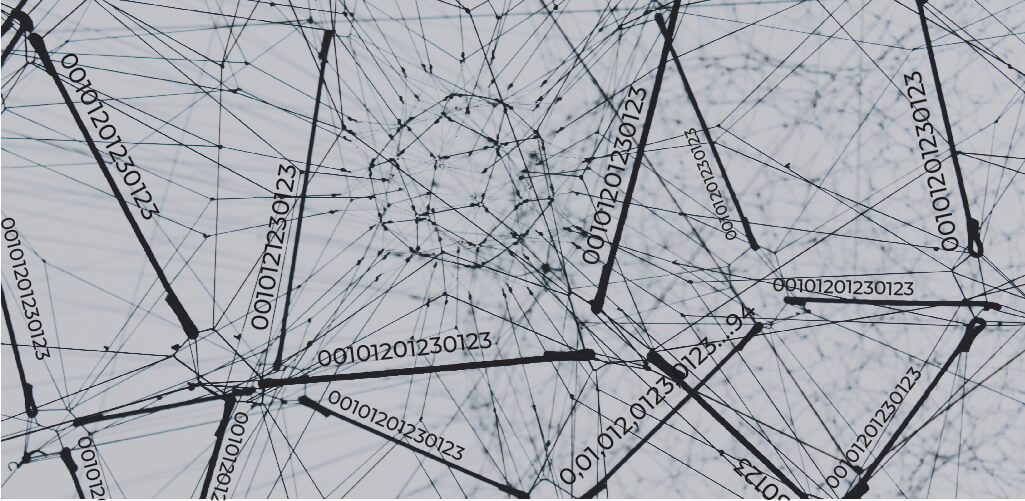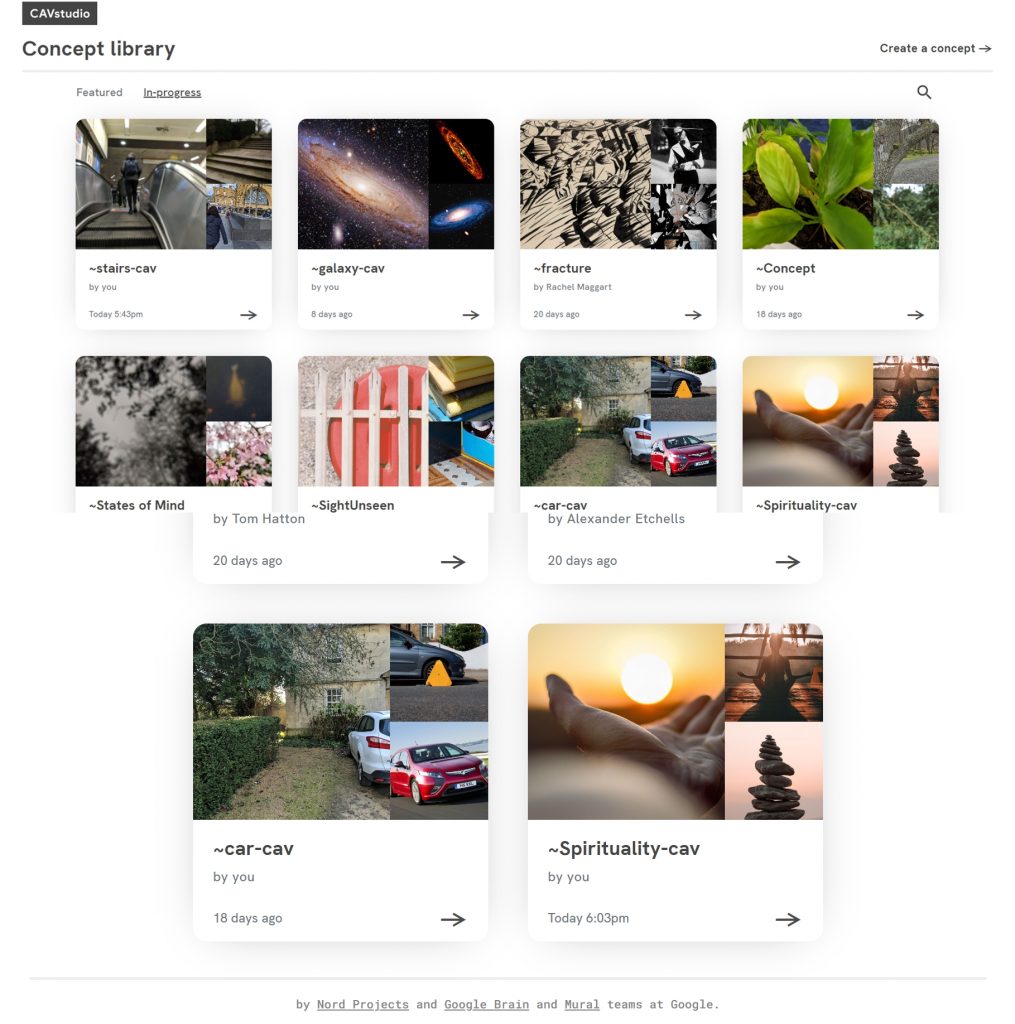Explained: Everything You Need to Know About Google Mood Board Search

Key Takeaways
- Accessible AI: Google Mood Board Search allows anyone to train computer vision models without technical expertise
- Visual Concepts: The tool excels at recognizing abstract visual qualities beyond simple object detection
- CAV Technology: Powered by Concept Activation Vectors, a lightweight and flexible machine learning approach
- Creative Applications: Particularly useful for designers, artists, and visual professionals seeking inspiration
- Experimental Platform: Combines human curation with machine learning for a unique approach to visual search
What is Google Mood Board Search?
Google Mood Board Search is an innovative web-based tool that bridges the gap between human visual thinking and machine learning. Developed as a collaboration between Google Research and Nord Projects, this platform allows users to train computer vision models using curated collections of images—mood boards—rather than traditional programming.
 The Google Mood Board Search interface allows users to create visual concepts through image curation
The Google Mood Board Search interface allows users to create visual concepts through image curation
What makes this tool unique is its focus on "Visual Feels"—the abstract, subjective qualities of images that go beyond simple object recognition. Whether you're trying to capture concepts like "serenity," "chaos," "minimalism," or any other visual aesthetic, Mood Board Search provides a way to teach computers to recognize these qualities.
Understanding Concept Activation Vectors (CAVs)
At the heart of Mood Board Search is a technology called Concept Activation Vectors (CAVs). Think of CAVs as specialized lenses that help computers see the world in particular ways.
How CAVs Work
Unlike traditional deep learning models that require thousands of labeled images and significant computing power, CAVs can be trained with just a small collection of examples—typically around 50 images. The system analyzes these images to identify common visual patterns, creating a mathematical representation (a vector) of your concept.
 Visualization of how CAVs identify patterns across different images
Visualization of how CAVs identify patterns across different images
CAVs excel at detecting visual threads across images, including:
- Color schemes and palettes
- Compositional elements
- Textural qualities
- Shapes and patterns
- Abstract visual qualities
One significant advantage of CAVs is their size—typically just a few hundred kilobytes compared to hundreds of megabytes for traditional deep learning models. This makes them highly portable and easy to share.
How to Use Google Mood Board Search
The process of creating and using a visual concept with Mood Board Search is straightforward:
1. Select a Concept
Choose what visual idea you want to explore. This can be concrete (like "cars" or "architecture") or abstract (like "tranquility" or "tension").
2. Gather Example Images
Collect approximately 50 images that represent your concept. These will serve as the training data for your model.
3. Train Your Model
Upload your images to the platform and click "Learn Concept" to begin training. The process typically takes just a few moments.
4. Explore Results
Apply your trained model to search through image collections and see how well it captures your intended concept.
5. Refine and Export
Adjust your mood board if needed to improve results, then download your CAV file for use in other projects.
Practical Applications
Google Mood Board Search offers valuable capabilities for various creative professionals:
For Designers
- Create consistent visual languages across projects
- Explore new aesthetic directions
- Communicate abstract concepts with clients through visual examples
For Artists
- Discover unexpected visual connections
- Explore large image collections based on aesthetic qualities
- Find inspiration that matches a particular mood or feeling
For Researchers
- Study visual patterns across cultural or historical contexts
- Analyze trends in visual communication
- Explore how machines interpret subjective visual concepts
For Developers
- Integrate lightweight visual concept recognition into applications
- Experiment with computer vision without extensive ML expertise
- Combine CAVs with other technologies for unique visual tools
Experimental Results
Our testing revealed some interesting capabilities and limitations of Mood Board Search:
Strengths
- Abstract Concepts: The tool performs surprisingly well with abstract visual qualities
- Efficiency: Training requires minimal images and computational resources
- Flexibility: Works across diverse visual domains from photography to illustration
Limitations
- Geometric Precision: Struggles to distinguish between similar geometric shapes
- Contextual Understanding: Lacks deeper semantic understanding of image content
- Consistency: Results can vary based on the quality and coherence of training images
In one experiment, we trained a model on galaxy images and achieved 94% accuracy when testing against new galaxy photos—an impressive result for such a lightweight system.
The Future of Visual Concept Recognition
Google Mood Board Search represents an interesting direction in making AI more accessible and aligned with human creative processes. By combining human curation (through mood board creation) with machine learning, it offers a unique approach to visual concept recognition.
As this technology evolves, we can expect:
- Integration with creative software and design tools
- More sophisticated understanding of visual aesthetics
- Expanded applications in content curation and discovery
- Greater accessibility of computer vision technology to non-technical users
Conclusion
Google Mood Board Search demonstrates how machine learning can be made accessible and useful for creative professionals. By focusing on visual concepts rather than just objects, and by requiring minimal technical expertise, it opens new possibilities for human-AI collaboration in visual domains.
Whether you're a designer seeking inspiration, an artist exploring new aesthetic directions, or simply curious about how machines can understand visual concepts, Mood Board Search offers an approachable entry point into the world of computer vision.
This article provides a historical perspective on Google's Mood Board Search. While Visionify now specializes in computer vision solutions for various industries, we recognize the continuing importance of accessible AI tools that bridge technical capabilities with creative applications.
Frequently Asked Questions
Find answers to common questions about this topic
Want to learn more?
Discover how our Vision AI safety solutions can transform your workplace safety.
Schedule a DemoSchedule a Meeting
Book a personalized demo with our product specialists to see how our AI safety solutions can work for your business.
Choose a convenient time
Select from available slots in your timezone
30-minute consultation
Brief but comprehensive overview of our solutions
Meet our product experts
Get answers to your specific questions
Related Articles
Subscribe to our newsletter
Get the latest safety insights and updates delivered to your inbox.

